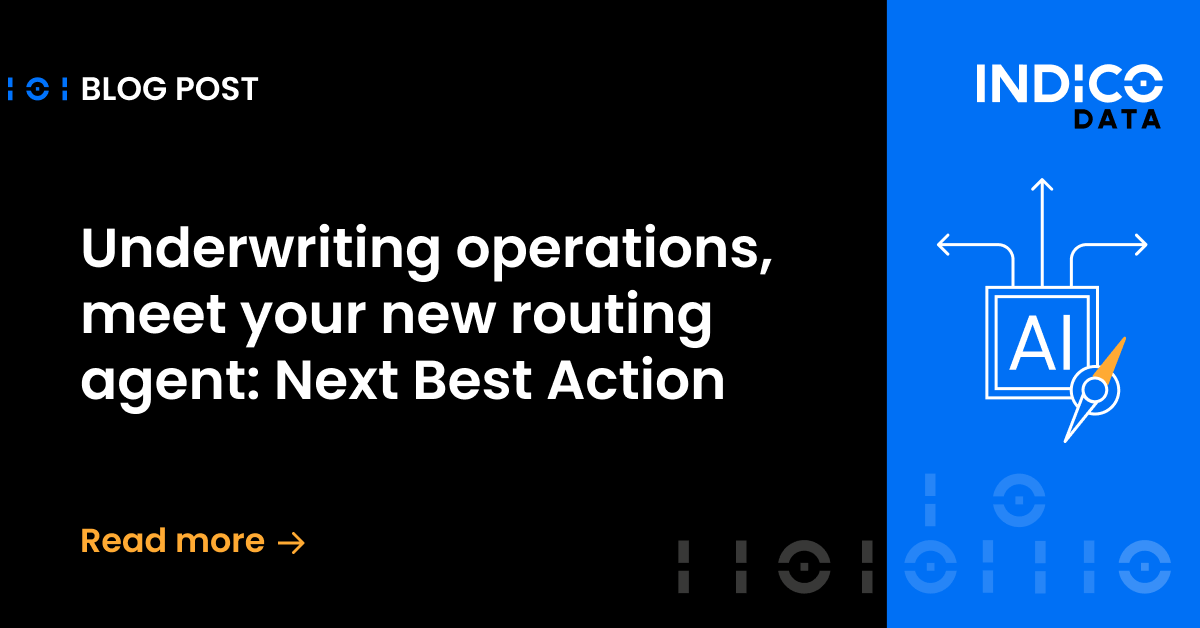The commercial insurance market is expected to continue growing in 2025, and the segment is ripe with opportunities for insurers to expand their book of business. However, insurers must be smart in how they approach the quoting and servicing processes. For this reason, commercial insurers are accelerating digital transformation, including adopting artificial intelligence (AI) to automate tasks like submission ingestion, risk understanding, claims processing, and policy servicing.
After decades navigating the challenges and evolutions of the insurance industry, I’ve seen firsthand how technology can accelerate—or stall—progress. Implementing advanced AI for AI’s sake will inevitably fail, but AI that empowers people to make data-driven decisions that directly impact risk analysis, portfolio quality and operational efficiency will succeed if the proper steps are taken to bring people along.
In today’s world, it’s not tech that can’t deliver; it’s the ability to bring people along at a human’s pace — not a machine’s pace. Here are some steps to help ensure that AI-driven automation will bear fruit.
-
Put people first
Make sure directors and managers know what they are asking people to do and have them learn about AI before they ask people to deploy it. Leaders often ask people to transform, but they often don’t understand how AI will change people’s day-to-day roles or what people need to do to successfully apply it.
Hire people with the skillset of the future. Of course, there is a fight for young, qualified talent, but leaders don’t need to hire as many people because of the productivity gains possible with AI technology. This is a good thing. As the baby boomer generation moves into retirement, more workers will be retiring than entering the labor market in many regions. Technology will fill some of these gaps.
Remember that AI allows insurers and decision-makers to move faster because humans become more efficient. It can also help ensure that companies don’t make decisions based on human hunches but rather on facts and numbers.
Be aware that in insurance, there is often resistance to technology because it is a people- and experiential-driven business — but everyone must overcome this reluctance to reap the benefits. Inform people that AI can help to reduce their workload but also make employees smarter and wiser. Insurance is all about smart decision-making, and that will never change. AI’s role in insurance is to put more data, deeper analysis, better risk selection, and ultimately better decision-making at experts fingertips.
Choosing an AI company that goes beyond just ingesting data to genuinely helping with decisioning is critical. Until recently, we could dream about what tech could do, but the technology wasn’t up to par. Now, the tech is up to par, but the people skills and willingness to embrace technology often are not. That’s why leaders need to put people and decision-making first.
-
Take time and involve business SMEs.
Make sure that AI isn’t a black box that people don’t understand. Bring people along and at an early stage. Bring the “fans” along at the development stage so that they can influence others and propose deployments that make sense. You also need “translators” who understand how the technology addresses pain points across the company.
At the end of the day, it’s the business, not the IT team, that must deploy. It’s vital to take the real subject-matter experts (SMEs) out of their day-to-day jobs for a couple of months to support the full-time deployment of technology so they have conviction. They are part of a core team deploying it and advocating for it.
-
Understand the language and culture
Choose a technology vendor that understands the native language and deploys accordingly. For instance, German people will probably prefer a deployment in German.. For any technology deployment to be successful, everyone must understand both the culture and the language. It may seem obvious, but this is a critical point.
A parting thought
The key to successful digital transformation lies in aligning technological advancement with human-centered implementation. This means pacing disruption to match human adaptability, not machine speed. We must create a framework of ethical guidelines and a supportive culture that addresses the concerns surrounding AI deployment. Leaders must champion transformation with empathy, involving experts and champions, and focusing on improving decision-making, all while upholding ethical responsibility.

